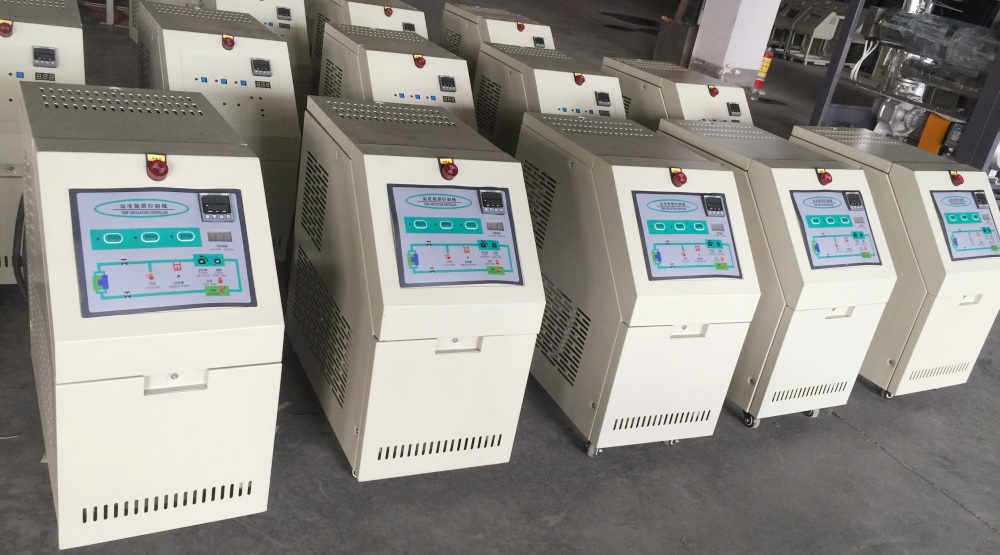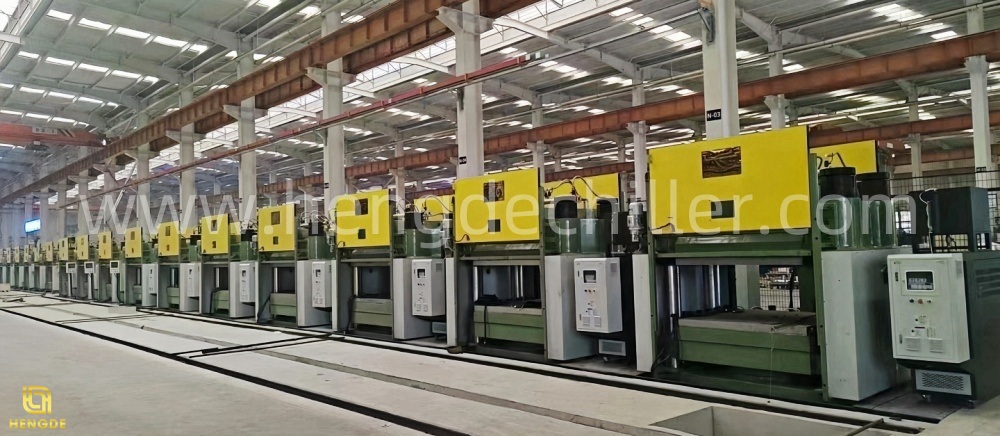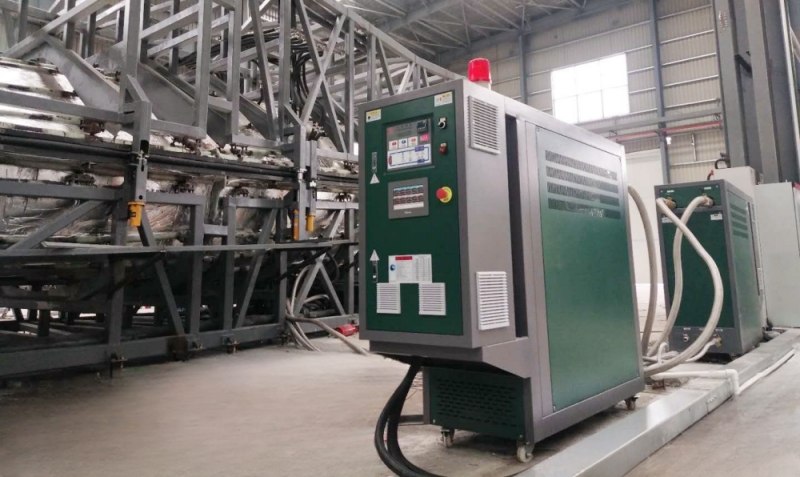
As the scorching summer heat arrives, ensuring the optimal performance of your mold temperature controller becomes more important than ever. Whether you're using a water mold temperature controller or an oil mold temperature controller, proper operation during the summer months plays a key role in maintaining product quality, extending equipment life, and reducing energy consumption.
Industries such as plastics, rubber, chemicals, construction, and surface treatment all rely heavily on stable and accurate temperature control. In this article, we’ll share essential tips and best practices for using your mold temperature controller effectively in the summer.

1. Pre-Summer Inspection and Maintenance
Before high temperatures hit, conduct a comprehensive inspection of your mold temperature controller. Look for issues such as:
Don't forget to clean the heat exchanger and cooling coils. Dirt, debris, and scale buildup can hinder heat transfer, forcing the mold temperature controller to work harder and increasing the risk of overheating.
If you notice temperature fluctuations, check for blocked filters, calibration errors, or sensor malfunctions. Regular maintenance ensures that your water mold temperature controller or oil mold temperature controller operates at peak efficiency all summer long.
2. Ensure Proper Ventilation and Cooling
Good ventilation is essential for any mold temperature controller, especially during hot weather. Here's how to improve airflow:
Both water mold temperature controllers and oil mold temperature controllers are sensitive to environmental temperature, so keeping the surrounding area cool directly improves system performance.
3. Monitor Performance and Analyze Data
Use built-in sensors or external monitoring tools to regularly track key parameters such as:
Analyzing this data helps you detect unusual patterns—like a spike in energy usage or a drop in temperature control accuracy—which may signal potential problems in your mold temperature controller. Early detection allows for timely maintenance and helps avoid costly downtime.
4. Train Your Staff for Summer Operations
Operators must understand how to run and maintain a mold temperature controller, especially during extreme weather. Key areas of training should include:
Encourage team members to report any irregularities immediately. Well-trained personnel contribute significantly to the long-term stability and performance of your temperature control system.

Final Thoughts
Using your mold temperature controller correctly in summer is not just about protecting your equipment—it's about optimizing your entire production process. Whether you’re working with a water mold temperature controller for injection molding or an oil mold temperature controller for high-temperature applications, these practices will ensure stable operation, better product quality, and reduced energy costs.
At Hengde, we don’t just manufacture mold temperature controllers—we provide customized temperature control solutions for your unique production needs. Whether you require a standard unit or a fully OEM/ODM mold temperature controller, we are here to help.
Have questions about mold temperature control this summer? Contact Hengde today.
Choose Hengde, Choose the Perfect Mold Temperature Controller!
